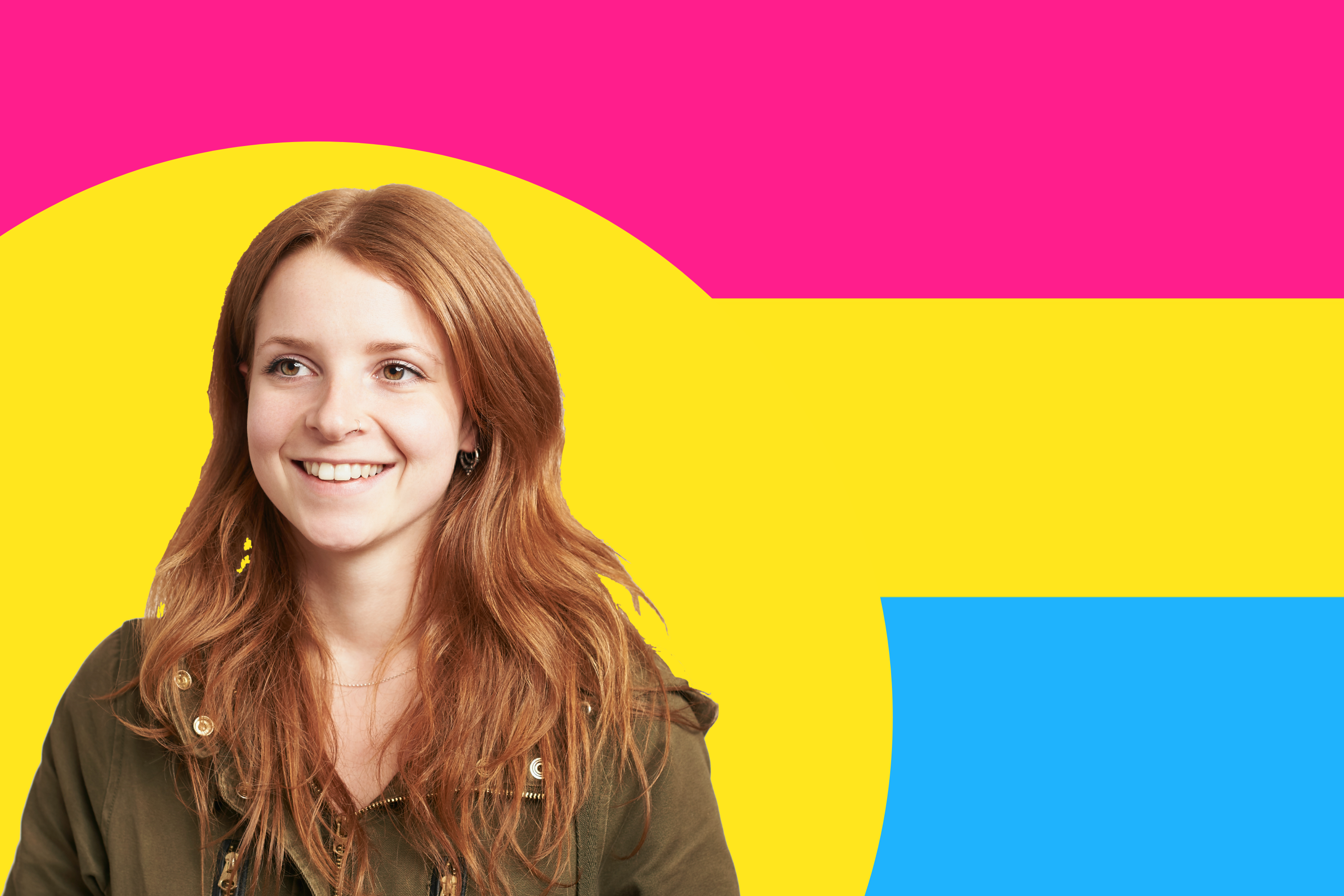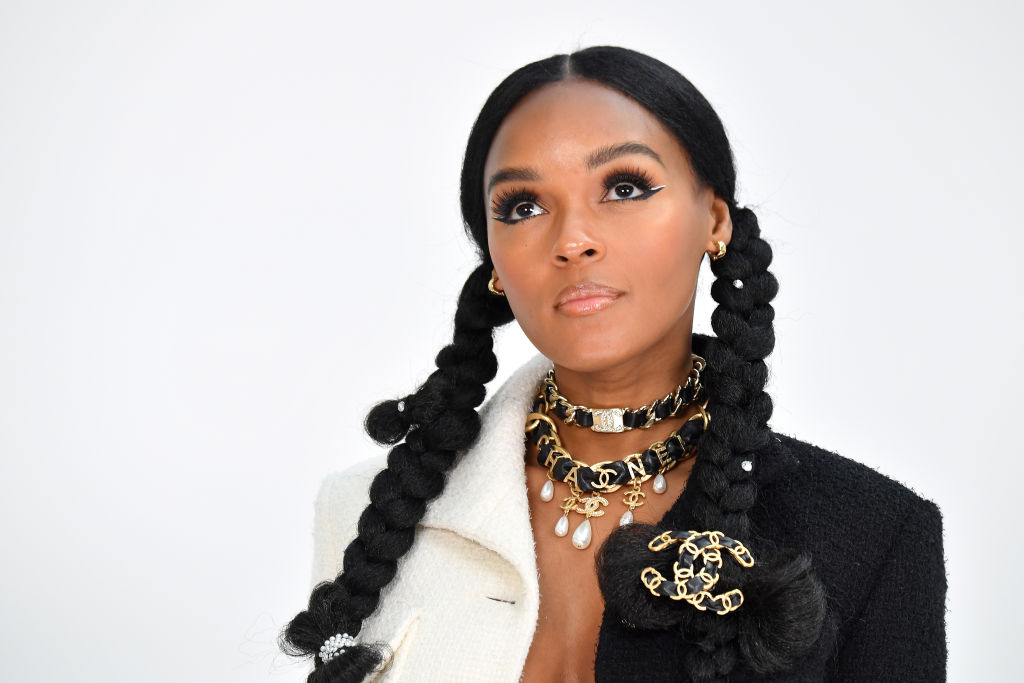What is pansexuality? This is what it means to be pansexual today
Wondering what pansexual identity is all about? This is the definition you need...


If you’re wondering what being pansexual means, you’re likely not the only one. While the term has been around for decades, it’s only in recent years that celebrities - including Miley Cyrus and Sam Smith - have brought the word into the mainstream.
Film and television can represent sexual orientations like being gay, lesbian or bisexual fairly well these days. But other minority sexualities - such as pansexuality - still receive little attention, despite the fact that an estimated 2% of 18 to 34 year-olds identify with the orientation according to research from GLAAD.
So if you’re planning on talking to kids about coming out, want to open up a discussion and talk to your child about sex in general, or just want to get clued up on the term yourself, this is what you need to know about pansexuality.
What is pansexual?
Being pansexual is experiencing emotional, romantic or sexual attraction to people of any gender, the Human Rights Campaign says. “Though not necessarily simultaneously, in the same way or to the same degree. Sometimes it’s interchangeable with bisexual,” they say.
But it doesn’t mean the person is attracted to everyone, rather they have the potential to be attracted to anyone. It’s for this reason that the phrase “hearts not parts” pops up fairly frequently when some people explain the identity.
Many people who identify as pansexual will also describe how they feel attraction to people based on their personality or character rather than what their gender is. So, for example, someone who identifies as male and is pansexual could find any female, male or non-binary genders attractive.
Pansexual vs. bisexual: What’s the difference?
While many people define bisexuality as attraction to men and women, and pansexuality as attraction to all genders, that’s not really the case. As Molly Houghton, communications expert at The Proud Trust explains, “The difference between bisexuality and pansexuality is something that can be confusing. The definitions of them have changed over the years.”
Parenting advice, hot topics, best buys and family finance tips delivered straight to your inbox.
Speaking on behalf of the charity, who work specifically with LGBT young people and the adults who support them, she says “we define bisexual as attraction to people the same gender as you and other genders. Whereas pansexual is attraction to anyone - regardless of gender. The gender doesn’t matter to them, they don’t see it.”
When it comes to definitions though, Molly warns, it’s all about personal choice. “Nobody has the right to tell you ‘no, that’s not your sexuality’. If you think that’s the one for you, that’s okay. That’s the thing about labels, you’ve got to be comfortable with the thing you’re labelling yourself as.”
Some people who may have used the bisexual label, for instance, may now call themselves pansexual as it fits better for them Because just as demisexual sits under the asexual umbrella, “pansexual exists under a bisexual umbrella.”
“So I think that’s why people find it confusing. Bisexual is sometimes a sexuality in its own terms, otherwise it’s an overall term.”
Pansexual flag
The pansexual flag consists of three thick, horizontal lines in the colours of a bright magenta (top), yellow (middle) and cyan blue (bottom). It’s been around since a Tumblr user invented the symbol in 2010, according to an archived post. Often utilised within the LGBTQ+ community to express a difference between pansexuality and bisexuality, which has its own flag.

But what do the colours mean?
- Magenta: Attraction to woman (or it represents people who find women attractive)
- Yellow: Attraction to non-binary people, such as those who are agender, bigender or genderfluid.
- Cyan: Attraction to men (or those people who find men attractive)
Pansexual vs. omnisexual: What’s the difference?
The main difference between the two is that pansexuality describes attraction regardless of gender. While omnisexual, a relatively new term, describes someone who is attracted to people despite their gender. So they’ll take more of a note of someone’s gender but it won’t factor in the decision of whether or not to be with them.
Pansexual people are considered “gender blind” which means someone’s gender isn’t even a notable factor. And it’s definitely not part of the decision of whether a pansexual person wants to be with them. Some people in the community use omnisexual and pansexual interchangeably, however.
Pansexual meaning
What it means to be pansexual will be different for every person who identifies with the orientation. But two singers, Miley Cyrus and Janelle Monáe, have spoken openly about why they feel the label fits them.
In an interview with Rolling Stone, Monáe said that she initially identified as bisexual but felt that pansexuality was a better fit after learning more about it. “Oh, these are the things that I identify with too,” she said. “I am open to learning more about who I am.”

She also said that “being a queen Black woman in America, someone who has been in relationships with men and women” meant that she was “free” in terms of her sexuality and not caught up in gender restrictions.
'Wrecking Ball' singer Miley Cyrus helped to bring the idea of pansexuality into the mainstream media in 2015 when she spoke to Elle UK. “I’m very open about it - I’m pansexual,” she told the magazine.
Later in an interview with Variety, the star said that she struggled to understand her own gender and sexuality. “I always hated the word bisexual because that’s even putting me in a box. I don’t ever think about someone being a boy or someone being a girl.”
She also revealed that her first ever relationship was with another girl. And growing up in a religious, Southern family meant that she didn’t have a total understanding of LGBTQ+ topics when she was younger. “Once I understood my gender more, which was unassigned, then I understood my sexuality more. I was like, ‘Oh - that’s why I don’t feel straight and I don’t feel gay," she said.
Sam Smith, who came out as non-binary in 2019, also revealed that they didn’t rigidly define their sexuality. “I’ve never really kind of played by the rule book,” they told The Sun. “I love people and whoever I fall for, that’s going to be who I fall for. I don’t know who that’s going to be.”
They said they’d be open to dating all genders, that it was a "freeing thing" to not have to stick to "one category of person".
Video of the Week:

Grace Walsh is a health and wellbeing writer, working across the subjects of family, relationships, and LGBT topics, as well as sleep and mental health. A digital journalist with over six years experience as a writer and editor for UK publications, Grace is currently Health Editor for womanandhome.com and has also worked with Cosmopolitan, Red, The i Paper, GoodtoKnow, and more. After graduating from the University of Warwick, she started her career writing about the complexities of sex and relationships, before combining personal hobbies with professional and writing about fitness.